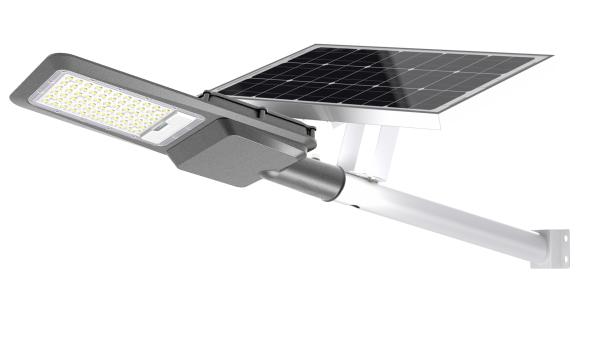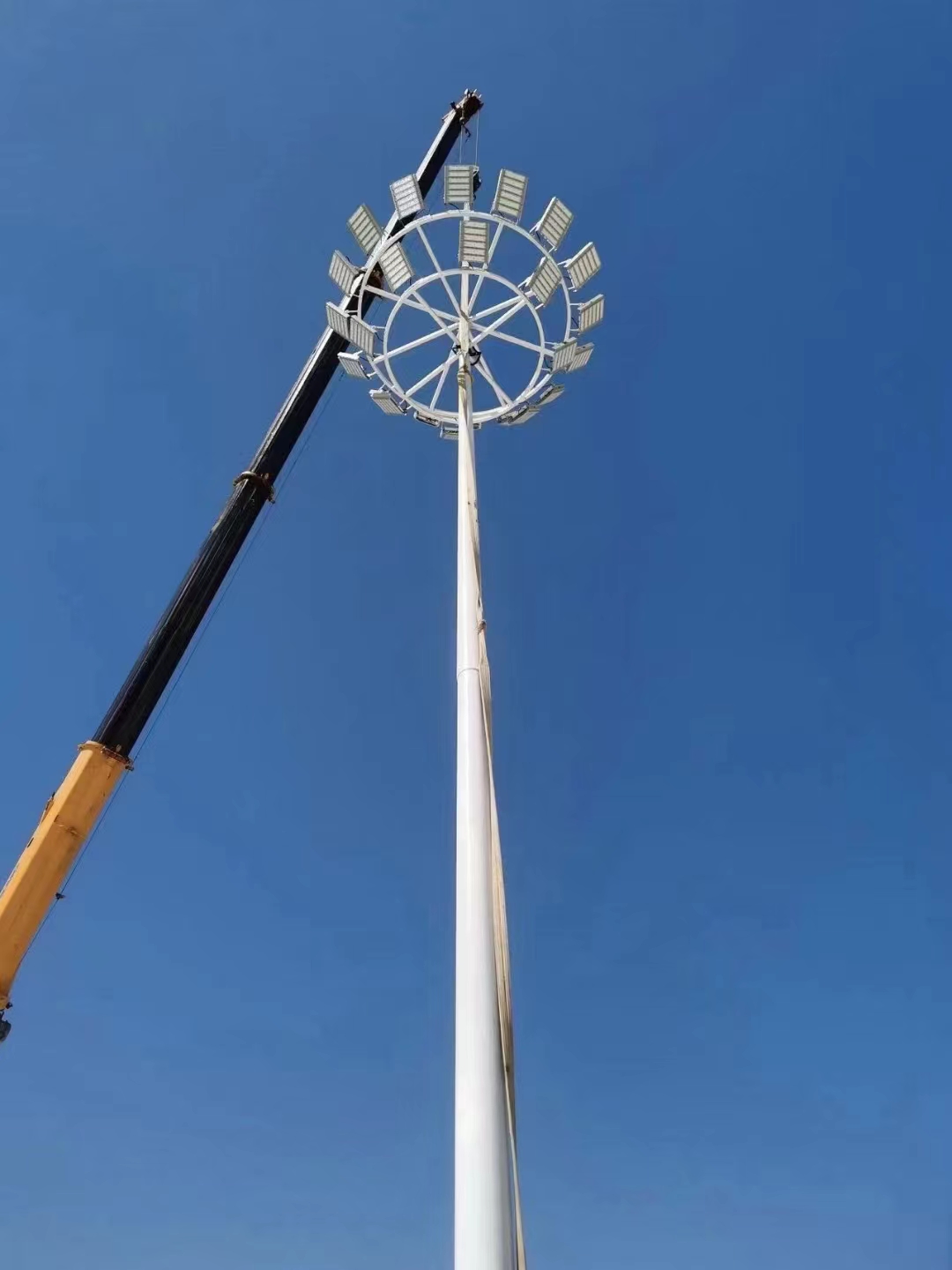In the realm of urban infrastructure, street lights play a pivotal role in ensuring safety and visibility for both pedestrians and motorists alike. However, determining the appropriate height for these luminaires is crucial for their effectiveness. From bustling city centers to serene suburban streets, each locale demands a tailored approach to street light placement. Let's delve into the nuances of street light height and explore the standards that govern this aspect of urban design.

Understanding Street Light Height
The height of a street light refers to the vertical distance from the ground to the luminaire atop the pole. This measurement holds significant sway in the overall design and functionality of street lighting systems. Several factors come into play when determining the ideal height for street lights:
Traffic Flow and Speed: Roadways characterized by heavy traffic or high speeds necessitate taller street lights to ensure adequate illumination and visibility for motorists. Conversely, quieter streets may require shorter fixtures without compromising safety.
Road Width: The width of the road influences the spread of light emitted by street lamps. Narrow streets may benefit from lower fixtures positioned closer to the ground, while wider thoroughfares may necessitate taller poles for broader coverage.
Pedestrian Considerations: In areas with significant foot traffic, such as sidewalks, pedestrian crossings, and parks, street lights must be positioned at an appropriate height to enhance visibility and promote pedestrian safety.
Common Street Light Height Specifications
Based on established standards and guidelines, street light heights are categorized according to the nature of the surrounding environment:
Urban Roads and Districts: Street lights situated along inner-city roads typically range from 6 to 8 meters in height. This elevation suits the moderate traffic flow and road widths commonly encountered in urban settings.
Squares, Parking Lots, and Campuses: Areas characterized by dense crowds and expansive vistas, such as town squares and parking lots, call for street lights measuring between 4 and 6 meters. These lower fixtures offer ample illumination while complementing the open layout of such spaces.
Main Roads and Highways: High-traffic corridors and highways demand taller street lights ranging from 8 to 15 meters in height. This elevation ensures optimal visibility and safety for motorists navigating fast-moving traffic.
Special Locations: Bridges, tunnels, and other unique environments pose distinct challenges for street lighting. In such cases, fixtures towering between 15 and 25 meters cater to the specific requirements of these locales, considering factors like vision enhancement and traffic flow management.

Conclusion
In the realm of urban planning and design, selecting the appropriate height for street lights is a nuanced endeavor that hinges on various factors, including traffic patterns, road characteristics, and pedestrian activity. By adhering to established standards and considering the unique demands of each setting, municipalities can ensure that their street lighting systems contribute to the safety and well-being of their communities. Whether illuminating bustling city streets or serene suburban lanes, the right height for street lights is paramount in fostering a luminous and secure urban landscape.

Contact: Miss.Peng
Phone: 13925312260
E-mail: sales@pj-led.com
Whatsapp:0086-13925312260
Add: 5F Block A No.14 North Zhi'An Road Jun'An Town Shunde Foshan Guangdong province